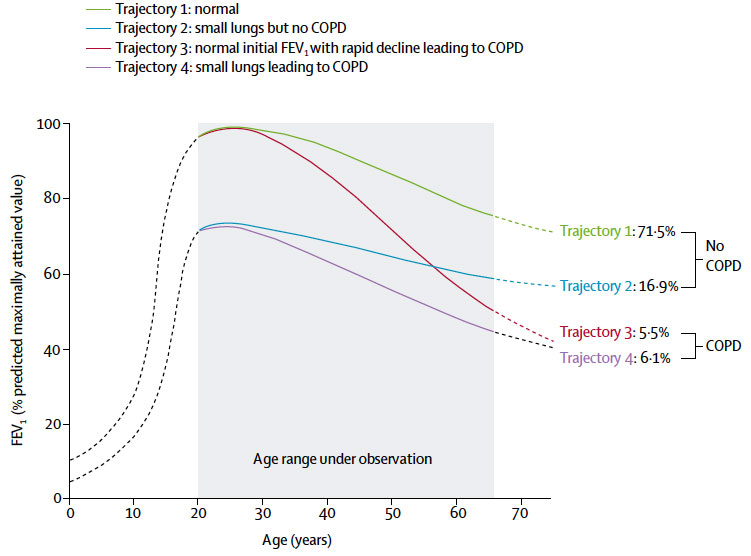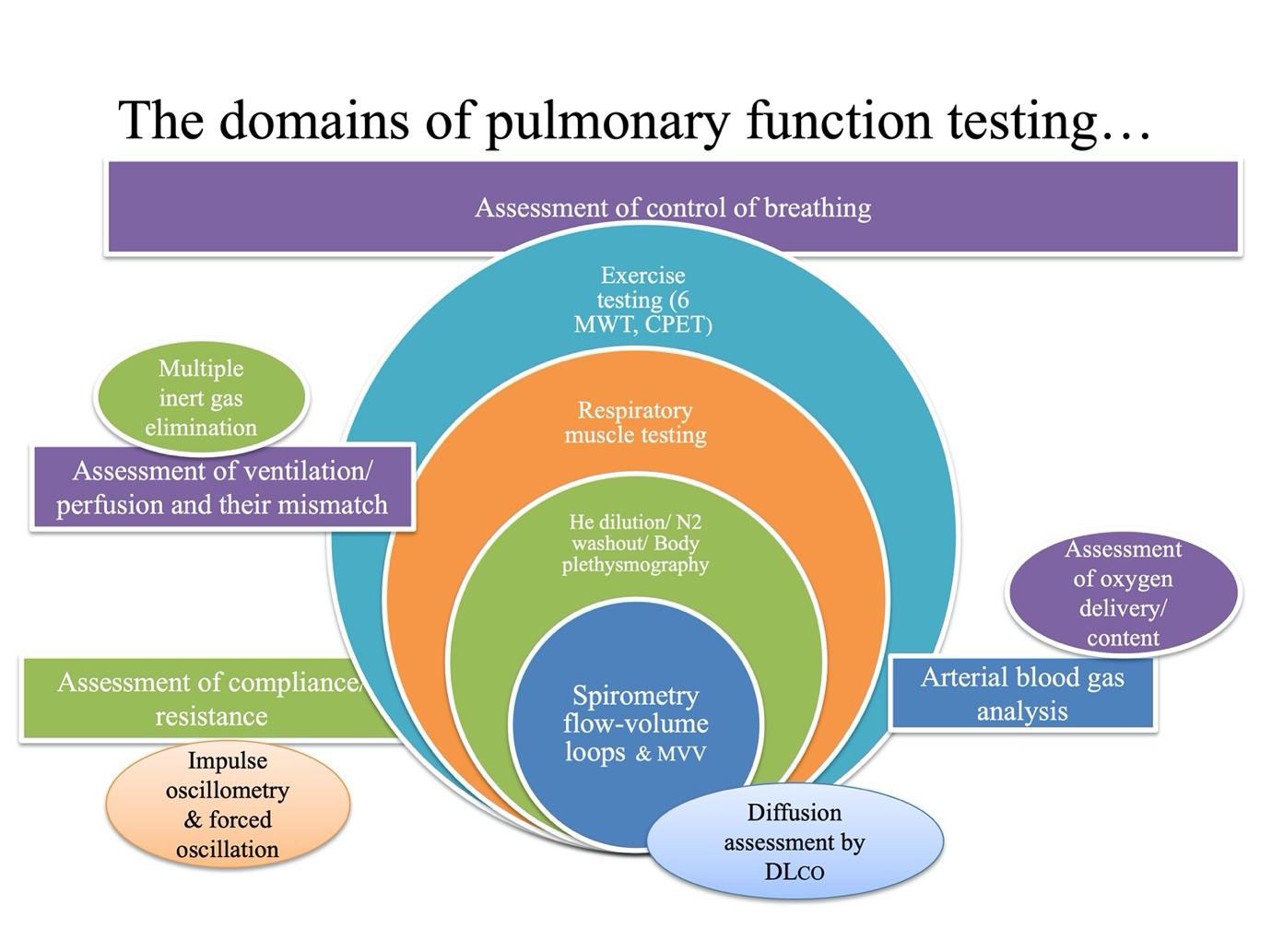Advanced Pulmonary Function Testing Lab
The importance of knowing and tracking Lung function over life is incredibly under-recognized and utilized in clinical practice. Most general doctors think it is normal to not be able to do a pulmonary function test and underestimate the importance of their patients’ respiratory health . Patients think a chest radiograph or a CT scan is the best test for their lungs. Nothing could be further from the truth; assessment of lung status requires integration of exposure, symptoms, imaging by CT and physiologic assessment by spirometry, a type of pulmonary function testing. Unlike CT which hasradiation exposure , spirometry is non-invasive and can be repeated without any concern over time. Spirometry also quantifies lung disease unlike CT, which is semi-quantitative at best. (Lowe KE, Regan EA, Anzueto A, Austin E, Austin JHM, Beaty TH et al. COPDGene® 2019: Redefining the Diagnosis of Chronic Obstructive Pulmonary Disease. Chronic Obstr Pulm Dis. 2019;6(5):384-399)

Most adults seldom obtain a baseline lung function at 20-30 years which is their peak function; everyone loses lung function annually after that and both the peak and rate of decline influence respiratory health at a later age. Patients who have low peak lung function due to childhood exposures and respiratory disease can have chronic lung disease even with the normal rate of lung function loss in the mid-40s. Patients with normal peak lung function have chronic lung disease in adulthood due to adult exposures (tobacco smoking, passive smoking, indoor biomass fuel exposure, outdoor air pollution, occupational exposures, pet exposures, and major infection like COVID-19, respiratory viral pneumonias and tuberculosis).Chronic lung disease is a silent epidemic and is the 2nd MOST COMMON cause of death in India, accounting for over a million deaths a year.
Besides respiratory symptoms and lung failure, low lung function has been shown to be an independent predictor of all-cause mortality (Sarycheva, T., Capkova, N., Pająk, A. et al. All-cause and cardiovascular mortality in relation to lung function in the full range of distribution across four Eastern European cohorts. Sci Rep 2022; 12: 129-59, cardiovascular disease (Silvestre OM, Nadruz W Jr, Querejeta Roca G, Claggett B, Solomon SD, Mirabelli MC, London SJ, Loehr LR, Shah AM. Declining Lung Function and Cardiovascular Risk: The ARIC Study. J Am Coll Cardiol. 2018 Sep 4;72(10):1109-1122) and mortality (Wang, B., Zhou, Y., Xiao, L. et al. Association of lung function with cardiovascular risk: a cohort study. Respir Res 2018; 19: 214) and is associated withadmissions for heart failure (Engström G, Melander O, Hedblad B Population-based study of lung function and incidence of heart failure hospitalizations Thorax 2010;65:633-638)

Pulmonary Function Tests (PFTs) are an important tool in the investigation, diagnosis, management, risk stratification and follow-up for a response during the treatment of suspected or already diagnosed respiratory disease. These tests provide vital information regarding modifications to the treatment protocols including inhalers, oral medications, injections, and surgical and other interventions. While the tests themselves are most important, the correct interpretation of the results is vital to ensure that the prescribed treatments are the most effective. This requires the kind of detailed expert knowledge of respiratory physiology that is available at the Kauvery Lung Centre. We have holistic testing that is tailored to each individual. Asking for the right tests is important; doing the tests as per standard criteria is crucial. This is because these tests are effort-dependent and values obtained must be interpreted in concordance with the quality of the tests. The Kauvery Lung Centre is proud of the quality of its testing and feedback provided by our experienced technicians that help in the interpretation of lung function testing.


